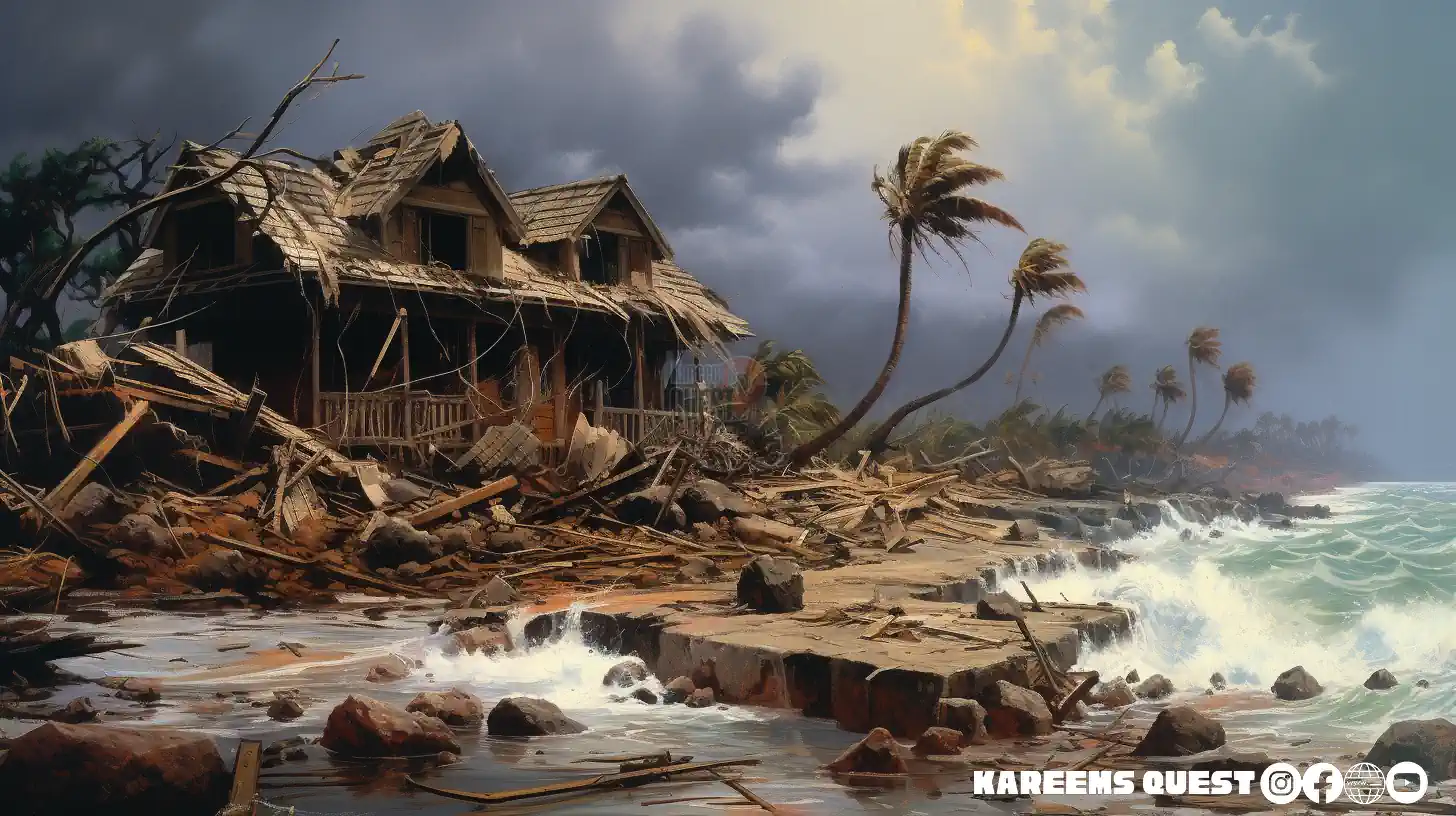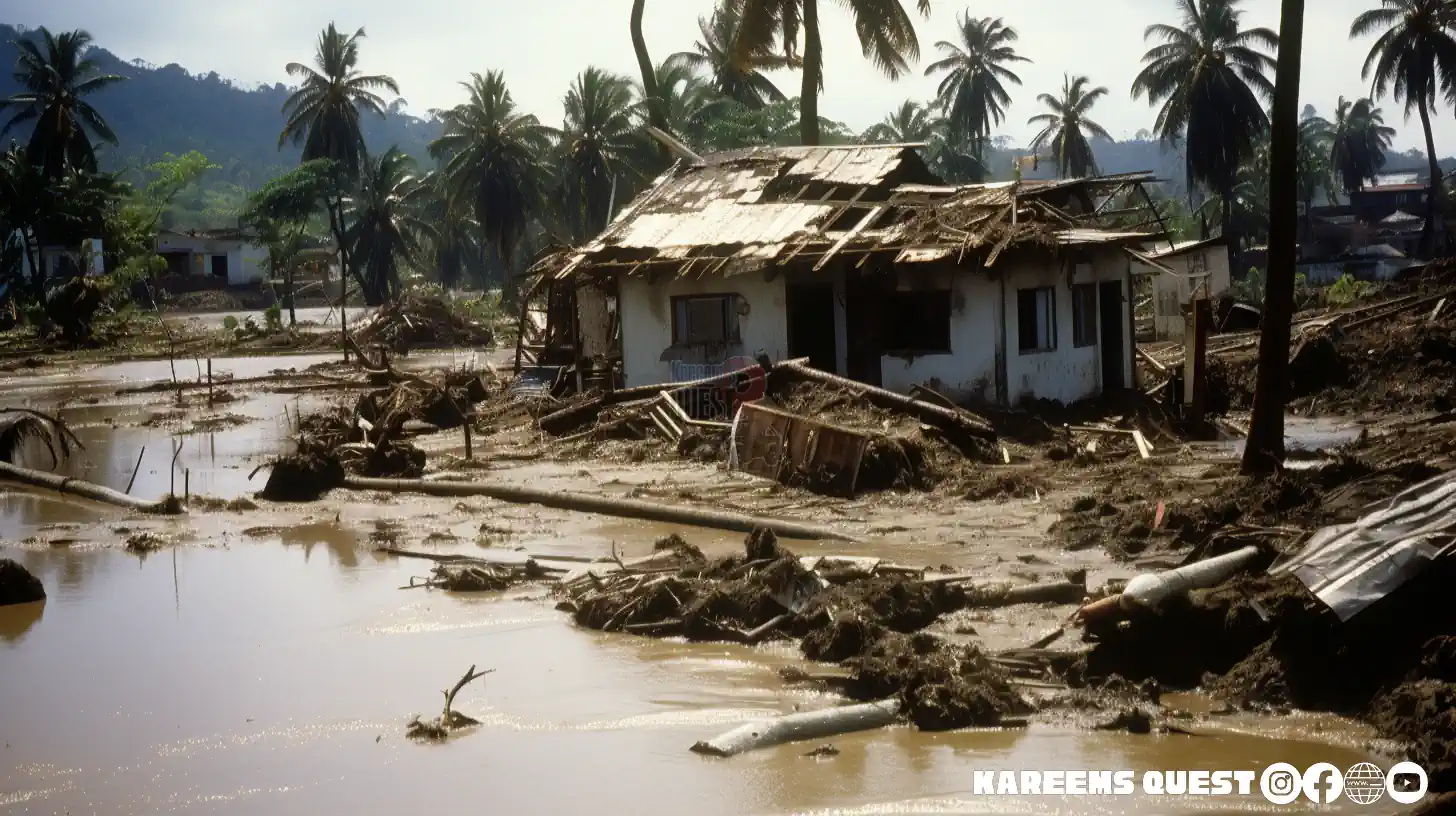Hurricane Beryl’s Impact on Jamaica

Jamaica beryl hurricane – Hurricane Beryl, a powerful Category 1 hurricane, made landfall in Jamaica on July 13, 2018, bringing heavy rainfall, strong winds, and flooding to the island. The storm’s path took it across the southern coast of Jamaica, with the most severe impacts felt in the parishes of St. Elizabeth, Manchester, and Clarendon.
Jamaica is bracing for the impact of Hurricane Beryl, which is expected to bring heavy rain and wind to the island. In the wake of this natural disaster, we should remember the work of people like Jamaal Bowman , a New York congressman who has been fighting for environmental justice and disaster relief.
His efforts to support communities affected by climate change are a reminder that even in the face of adversity, there are those who are working to make a difference. As Jamaica prepares for Hurricane Beryl, we can take comfort in knowing that there are people like Jamaal Bowman who are committed to helping those in need.
Infrastructure Damage, Jamaica beryl hurricane
The hurricane caused widespread damage to Jamaica’s infrastructure. Roads and bridges were washed out, making it difficult for emergency responders to reach affected areas. Power lines were downed, leaving many communities without electricity. Communication networks were also disrupted, making it difficult for people to stay connected with loved ones.
Property Damage
Hurricane Beryl also caused significant damage to property in Jamaica. Homes and businesses were destroyed or damaged by the storm’s strong winds and heavy rains. Many people were left homeless, and the government was forced to open shelters to provide them with a place to stay.
Agricultural Damage
The hurricane also had a devastating impact on Jamaica’s agriculture. Crops were destroyed by the storm’s winds and flooding, and livestock was lost. The damage to the agricultural sector is expected to have a significant impact on the island’s economy.
Jamaica’s Response to Hurricane Beryl

In the immediate aftermath of Hurricane Beryl, the Jamaican government and local authorities mobilized resources to provide aid and assistance to affected communities. The government declared a state of emergency, which allowed for the deployment of additional resources and personnel to the affected areas. Local authorities worked closely with the government to coordinate relief efforts and ensure that essential services were restored as quickly as possible.
One of the biggest challenges faced by Jamaica in providing aid and assistance to affected communities was the widespread damage to infrastructure. Many roads and bridges were impassable, which made it difficult to reach some of the hardest-hit areas. The government worked with private contractors to repair damaged infrastructure as quickly as possible, but it took several weeks before all roads and bridges were fully operational.
Long-Term Recovery and Rebuilding Efforts
The Jamaican government implemented a number of long-term recovery and rebuilding efforts following Hurricane Beryl. These efforts included providing financial assistance to affected families and businesses, repairing and rebuilding damaged infrastructure, and implementing new measures to improve the country’s resilience to future hurricanes.
- The government provided financial assistance to affected families and businesses in the form of grants and low-interest loans. This assistance helped to cover the costs of repairing damaged homes and businesses, replacing lost property, and getting back on their feet.
- The government also worked to repair and rebuild damaged infrastructure, including roads, bridges, schools, and hospitals. This work was essential to restoring essential services to affected communities and ensuring that the country could recover from the hurricane.
- Finally, the government implemented a number of new measures to improve the country’s resilience to future hurricanes. These measures included strengthening building codes, improving early warning systems, and increasing public education about hurricane preparedness.
Lessons Learned from Hurricane Beryl: Jamaica Beryl Hurricane
Hurricane Beryl, which struck Jamaica in 2018, served as a stark reminder of the importance of disaster preparedness and response. In the wake of the hurricane, Jamaica undertook a comprehensive review of its disaster management system, identifying key lessons learned and areas for improvement.
One of the most significant lessons learned was the need for enhanced early warning systems. Beryl’s rapid intensification and unpredictable path highlighted the importance of timely and accurate weather forecasts and early warnings. Jamaica has since invested in upgrading its meteorological infrastructure and establishing a more robust early warning system, enabling it to provide more timely and accurate warnings to the public.
Improved Disaster Management System
In addition to early warning systems, Jamaica also recognized the need for a more coordinated and efficient disaster management system. The country has established a National Emergency Operations Centre (NEOC), which serves as the central coordination point for disaster response efforts. The NEOC brings together representatives from various government agencies, emergency services, and non-governmental organizations, ensuring a cohesive and effective response.
Jamaica has also strengthened its community-based disaster preparedness programs. These programs empower local communities to take ownership of their disaster preparedness and response, enabling them to act quickly and effectively in the event of a disaster.
Role of International Aid
International aid and support played a crucial role in Jamaica’s recovery efforts following Hurricane Beryl. The country received assistance from various international organizations, including the United Nations, the World Bank, and the Caribbean Disaster Emergency Management Agency (CDEMA). This assistance included financial aid, technical expertise, and the provision of essential supplies.
International aid helped Jamaica to address the immediate needs of those affected by the hurricane, such as providing shelter, food, and medical care. It also supported the country’s long-term recovery efforts, including the reconstruction of infrastructure and the implementation of disaster risk reduction measures.
The winds of Hurricane Beryl whipped across the island, leaving a trail of devastation in its wake. Yet, amidst the chaos, there was a flicker of hope. The young baseball prodigy, James Wood, had emerged as a beacon of resilience.
His determination on the field mirrored the spirit of his homeland, inspiring the people of Jamaica to rebuild their lives and dreams. As the storm subsided, the nation looked towards the future, knowing that with heroes like James Wood by their side, they would rise again.